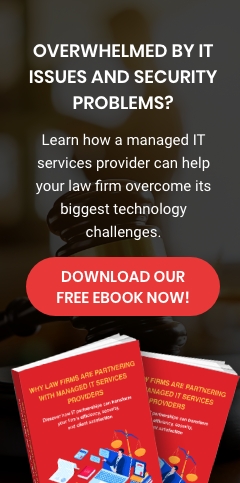When it comes to designing a small business network, you need to address various issues from those you come across in an enterprise environment. Experienced network designers know that a different mindset than that of developing an enterprise grade network is essential when creating a small business network. If you own a small business and want to build its network, here are some of the things to weigh:
1. Do you want to host services in the cloud or locally?
Determine whether you want to host your services in the cloud or locally. For a small business, hosted services may be suitable. Cloud providers are able to configure, maintain and back up network services. When you are using a cloud service, you do not need an IT staff. In addition, it saves you the cost and trouble of investing in server software and hardware for local services.
All you need to do is pay a certain monthly subscription fee. The hosted service is able to scale up and down network services as needed by the users. These services are much secure and cheaper than hosting services locally.
2. Develop a support plan before you need it
It is essential to put a support plan in place before you ever need it. Usually, a small business does not have the resources to handle a major technical issue. Since most small businesses do not have a dedicated IT staff, they normally have one employee who knows little about networking, who becomes the go-to individual for any computer issues. A few of these small enterprises are hiring a full-time support employee, and even then, budget constrains prevent them from get the most experienced.
It is understandable that small business must operate within their budget limitations but on occasion, they will face networking problems beyond their capabilities. Hence, they need to have a plan in place to deal with such instances. That plan may include bringing in an IT consultant and/or taking up long-term IT support.
3. Find ways to control cost
In a small organization, every penny counts. Therefore, if you decide that you want to host your own network services, finding ways to manage costs is essential. One very easy way of controlling cost is using server virtualization, which means you do not have to spend money on server hardware. You also opt to use a Linux operating system rather than Windows, to safe cost. The key to controlling costs when it comes to your small business network is to get as creative as you can. For instance, you can choose to buy high-end PCs rather than true server hardware.
4. Make allowance for the future
Keep in mind that your business may not remain small forever, when you are designing your network. Ensure your network design makes room for growth. This might mean choosing a suitable cloud hosting service from the beginning. For instance, you might currently require a shared server but as your needs grow; you will need a dedicated server to remain efficient.



Leave a comment!
You must be logged in to post a comment.